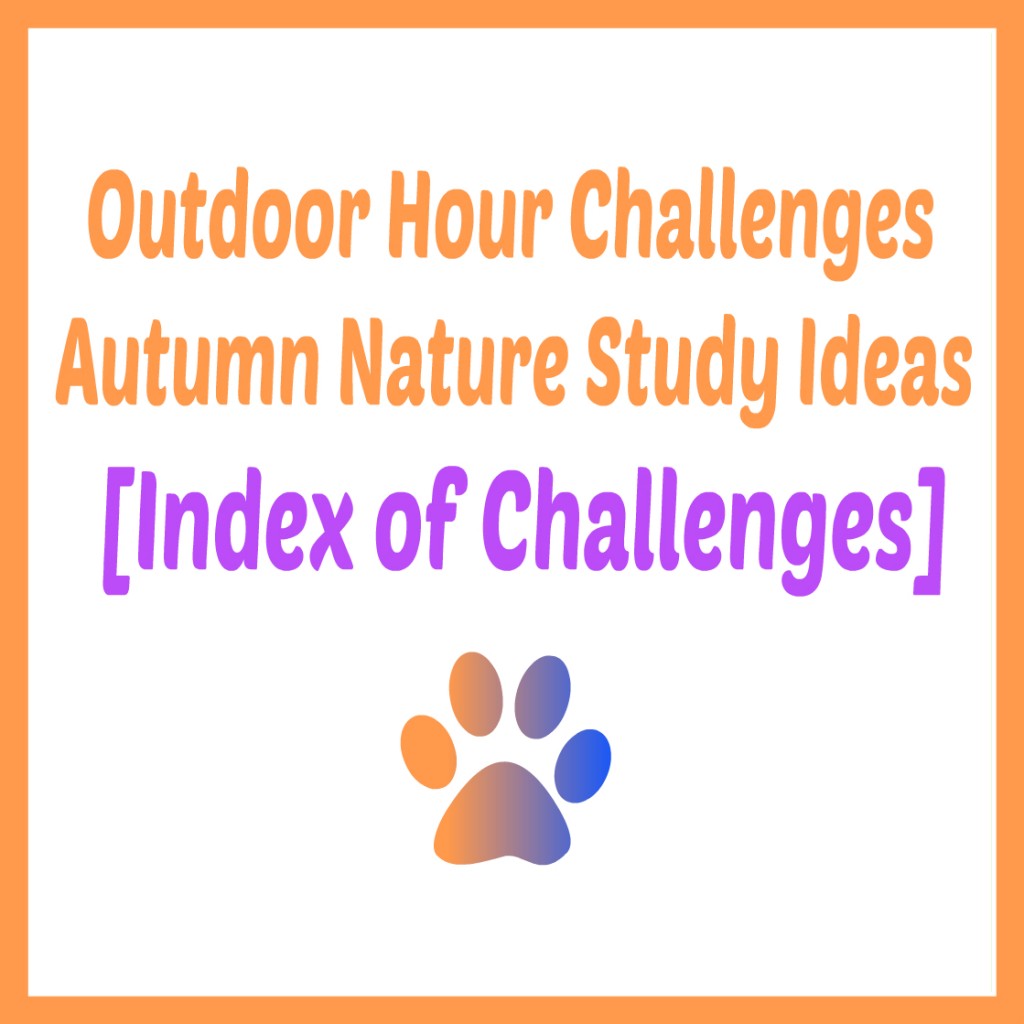I was given the opportunity to purchase a 1911 version of the Handbook of Nature Study….with all its well worn pages…all still intact and in very good shape. I jumped at the chance to have as a keepsake the volume in its original form. Thanks Anna Botsford Comstock for caring enough to write these lessons down for all of us that follow you.
My new Handbook is very similar to the current version that I use but what makes it nice is the layout….only one column on a page, original clipart, diagrams, little extra references to books and brochures that probably no longer exist. The charm of this book is how it is still relevant today…..one hundred years later.
 |
| Frog Pond |
We had the chance to visit Grandpa’s pond last week and since the weather has been so dry, the creek fed pond is getting a little low. There is still a spring underneath keeping it wet enough for the critters that depend on it for water. We were surprised to see all the frog heads with bulging eyes sticking up above the water. They really do blend in except if they move….the duck weed is thick on the top and it makes the frogs look like they have beards.
 |
| Where’s the frog? |
You need to move slowly or they plop under the water very fast. I was able to zoom in and get a few images of the frog heads for us to look at on the computer screen. We consulted our favorite frog and toad website: California Frogs and Toads. We are fairly sure it is an American Bullfrog…. we are going back later this week and we will take our field guide to confirm the identification.
In the Handbook of Nature Study in lesson 47, the suggestions are all things that we would need to really spend some time investigating and perhaps even catching one and taking a closer look. We decided to narrow our study down to a few things:
#3 Describe the colors and markings of the frog on the upper and on the under side. How do these protect it from observations from above? below? How do we usually discover that we are in the vicinity of a frog?
#4 Describe the frog’s ears, eyes, nostrils, and mouth.
#6 How does the frog feel to your hand? Is it easy to hold him?
Those seem like logical questions to keep in mind when we go back again next week. We will update this entry when we answer the questions.
I look forward to seeing some of your pond studies or any other nature studies you have completed this month. Make sure to submit your entries to the Outdoor Hour Challenge Blog Carnival. You can submit your entries by following this LINK.
















